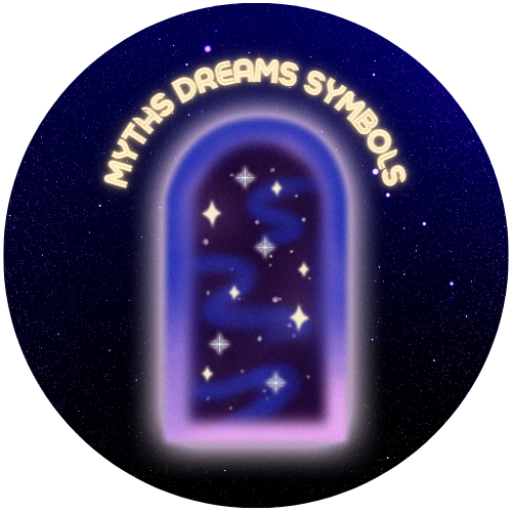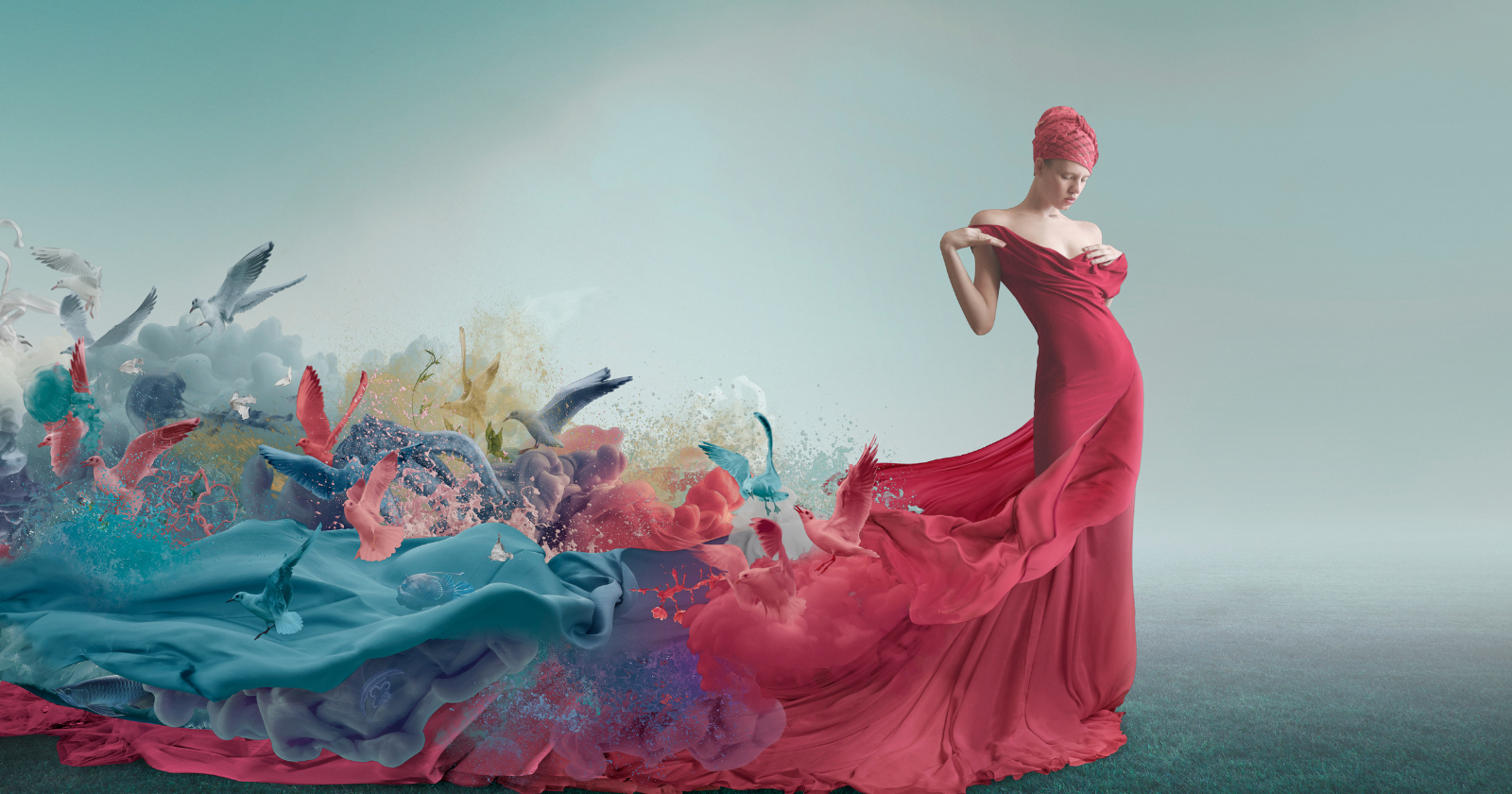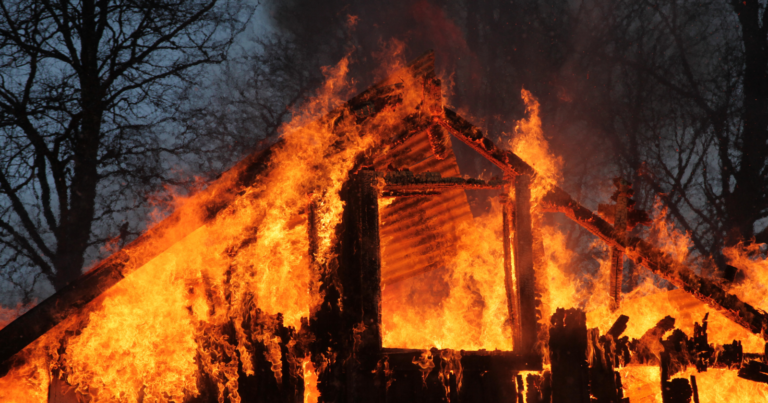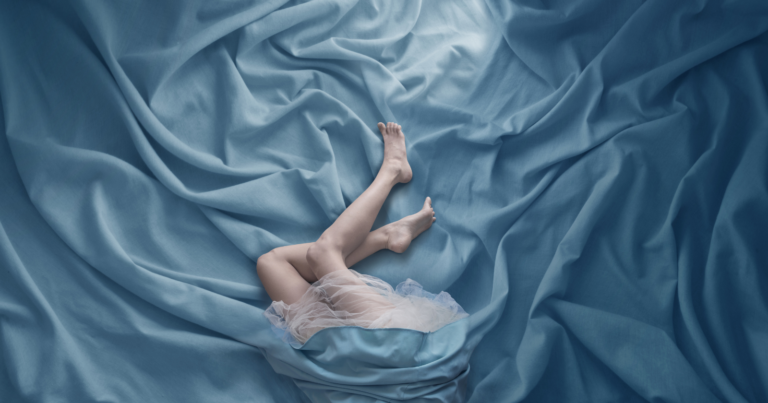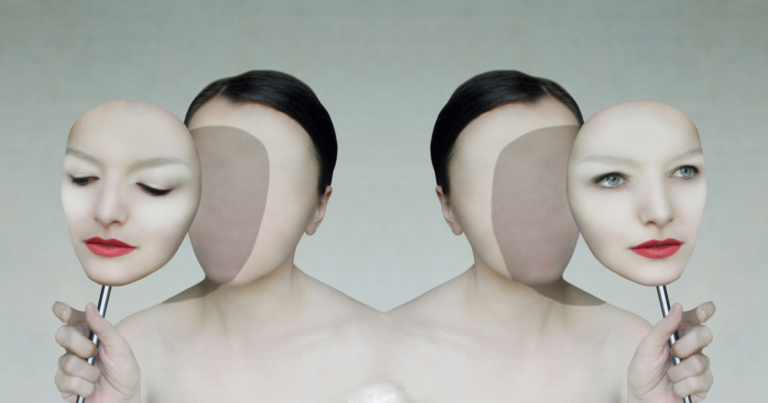In the realm of dreams, the subconscious mind paints with a broad palette of symbols and archetypes, many of which embody the qualities traditionally associated with masculinity and femininity.
Understanding these traits and their representation in dreams can offer profound insights into our inner world, shedding light on our desires, conflicts, and the balance of masculine and feminine energies within us.
Let’s explore how masculine and feminine traits manifest in dreams and what they reveal about our journey through the landscape of myths, dreams, and symbols.
The Dance of Masculinity and Femininity in Dreams
Masculine traits in dreams often manifest as symbols of strength, aggression, or assertiveness. They might take the form of a commanding figure, a protective barrier, or even a challenging obstacle. Such symbols can represent our drive, ambition, and the aspects of our personality that take action and exert control over our environment.
Conversely, feminine traits typically embody nurturing, intuition, receptivity, and emotional expression. Dreams may weave these qualities into scenarios involving water, earth, gardens, or maternal figures, highlighting our capacity for empathy, connection, and understanding the flow of emotions.
Archetypal Representations: Animus and Anima
Carl Jung introduced the concepts of the animus and anima as the unconscious masculine side of a woman and the feminine side of a man, respectively. In dreams, the animus might appear as a series of male figures, symbolizing a woman’s pursuit of inner strength and rationality. The anima, on the other hand, may emerge in a man’s dream as a singular female figure, embodying the quest for beauty, tenderness, and emotional depth.
Encountering these archetypes in dreams invites us to integrate these complementary aspects, fostering a sense of wholeness and balance within our psyche.
Dreams as a Mirror of Inner Balance
Dreams that prominently feature masculine or feminine traits can serve as mirrors, reflecting our relationship with these energies. A dream dominated by aggressive, masculine symbols might suggest a need to embrace more feminine qualities of compassion and openness, while a dream overflowing with feminine imagery could indicate the need to assert oneself or take decisive action.
Mythological Echoes: Heroes and Goddesses
Mythology, too, is rich with examples of masculine and feminine archetypes, from the heroic exploits of Odysseus to the nurturing care of Demeter. These stories parallel our own dreams, where heroes and goddesses walk the landscapes of our subconscious, guiding us toward understanding the dualities within us and the world.
Embracing the Spectrum of Traits
The journey toward self-discovery involves recognizing and embracing the full spectrum of traits and energies that reside within us, regardless of gender. By paying attention to how these masculine and feminine qualities present themselves in our dreams, we can learn to navigate our waking lives with greater harmony and authenticity.
Conclusion: A Unified Journey
The exploration of masculine and feminine traits in dreams opens a window to our deepest selves, inviting us to embrace the richness of our personality and the diversity of the human experience. As we journey through the symbolic world of dreams, we are reminded of the balance that underlies all things, a balance that fosters growth, understanding, and unity within the tapestry of our lives.
Understanding the dance of masculine and feminine energies in our dreams not only enriches our personal journey but also connects us to the universal stories and symbols that have shaped human consciousness across time and cultures. In this way, our dreams become a powerful tool for self-exploration and a testament to the interconnectedness of all things.
